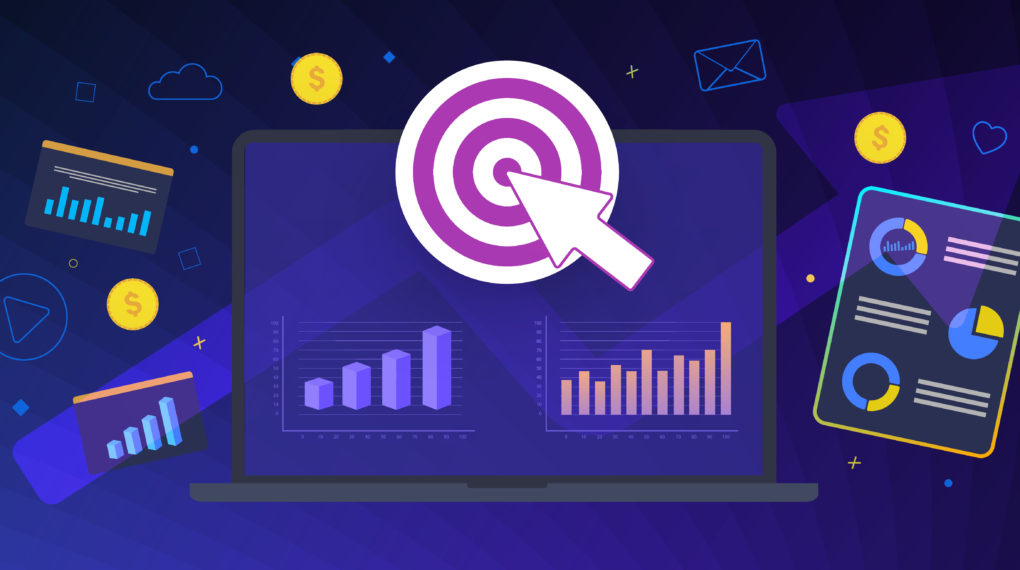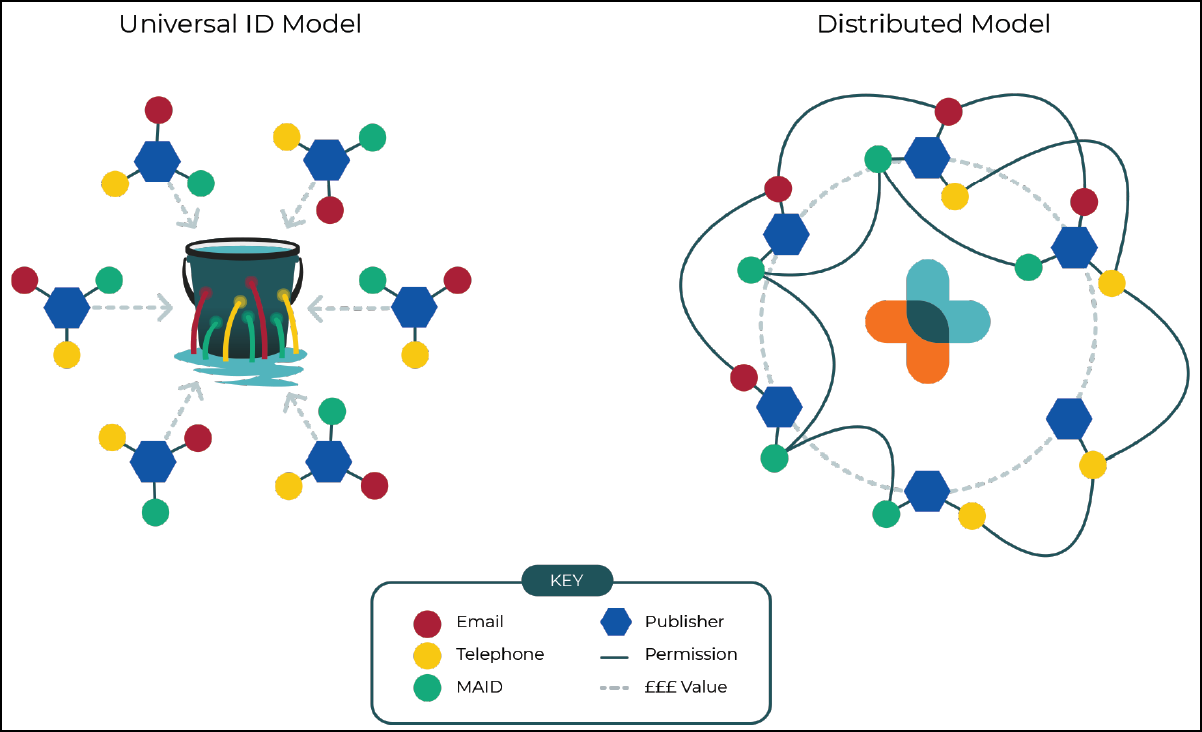
How do you reach the total addressable audience for the least amount of spend? Is there a way to hyper-target potential conversions at the most relevant moment of intent? Now, keep in mind I am NOT talking about Search Engine PPC advertising when I ask these questions.
Yes, there is a way to reach as much of your addressable audience as possible, where they’re more likely to be ready for your message and convert on relevant affinity publisher sites. In my experience, the way you do this is through a behavioral focused programmatic media buy/tactic in your broader marketing strategy.
In my previous article, “Why All the Cookie Noise?” I started a discussion about the realities surrounding Google’s decision to limit cross-site tracking and creating a path towards third-party cookie obsolescence.
I also noted that numerous articles and webinars have recently popped up from programmatic platforms and agencies on this topic. There is a reason programmatic players are noisy right now about the “cookieless future.” But first, before we dive into why there’s all this noise, let’s look at what programmatic is.
Everybody’s Doing It
Programmatic has become ubiquitous as a proven approach for over ten years. Programmatic advertising utilizes third-party cookies to collect behavioral data to personalize messaging and increase conversion opportunities, hence featuring it here.
Back in the day before we had real-time programmatic bidding; marketers and advertisers would negotiate a digital media buy for specific publisher sites – think ESPN.com and People.com – ad inventory. This negotiated buy would primarily be for a CPM (cost per 1,000 ad units) for specific runs or time of year. In this model, you’re hoping you have the right section of the site, the right time of day/month/year, and the targeted audience visiting the site. The beauty of programmatic is the automation of negotiation and placement to match a potential buyer at the relevant point of purchase intent. To be more specific, the essential benefits of programmatic ad buying are:
- The ability to optimize audience targeting in real-time
- The immediate ad buys at a specified degree of purchase intent
- Increased efficiencies in the performance of multiple message testing
- Increased efficacy in multiple-device campaigns
- Deeper insights into the converting customer/client
- Speed to launch expediting to campaign scale
- Reducing the overarching ad costs
- A higher return on investment (ROI)
How Programmatic Works
To assist in visualizing how this works – check out this video from The Trade Desk.
So What’s Next
Now it makes perfect sense; we can see why programmatic advertisers are concerned and reaching out to reassure clients with webinars and guides. If third-party cookies drive all this – what happens if this goes away?
Understanding that the third-party tracking cookie will be obsolete by 2022 (due to Google’s decision), what do we do to prepare as strategic marketing professionals to evolve with automated ad delivery and re-targeting? First – do not panic. We’re going to have solutions especially within Google’s Ad product universe that help us with staying connected with our audiences. We saw from their announcement that their developing a better solution for building consumer audiences.
The Universal ID
While Google develops this “superior” solution let’s dive a bit into the Universal ID. There has been discussion over the years about moving to Universal IDs to track users, but this has its issues. Primarily these challenges to consider are:
- Data Privacy and Daisy-Chaining – a Universal ID is not all that Universal if it requires consent across multiple third-parties (daisy-chaining – the process of passing ads from one ad network to another) for sharing data to deliver ads. The issues around data privacy and the laws we covered in my previous article, “Why All the Cookie Noise?” are now demanding control and regulation over that data collected. If daisy-chaining is in play, we are potentially creating an atmosphere of non-compliance. In this reality, the Universal ID is, in essence, still a cookie – but with a grown-up name.
- A Central Owner – if we had true Universal IDs, the question would become who owns this data? I am not comfortable thinking that one company or entity would hold and control all this precious information.
- Individual Business Ownership – if businesses own the data outright, does this stifle the current collaborative cross-site advertising world that should come with the free and open web?
- Distributed Identity – in recent years, we have seen the push for a distributed model that allows businesses to enter identifying information in a controlled instance in a federated architecture. This distributed model will require a third-party identity infrastructure platform – similar to InfoSum. They have a fantastic article written by Nick Halstead back in February of 2020 that goes deeper than what I have outlined here. I highly recommend giving this a read and becoming familiar with their solution and others.
I believe partnering with companies like InfoSum will become ubiquitous to deliver profound insights into customer data with all its associated budget requirements in our strategies. These platforms are not the programmatic media buying agencies/platforms that exist today. These solutions are evolving beyond the ad trading desk.

Owning Your Customer Relationship
If we, as professional digital marketers, are concerned about how we will find and stay connected to our audiences – we have to ask ourselves what we will do to overcome the cookieless future anxiety.
Most mid-size companies will find it next to impossible to afford the solutions we see with an InfoSum. In many cases, we will have to go back to our roots—building customer relationships and relying heavily on organically growing our customer databases. We must dedicate ourselves to proactive efforts to develop and expand our first-party data/insights.